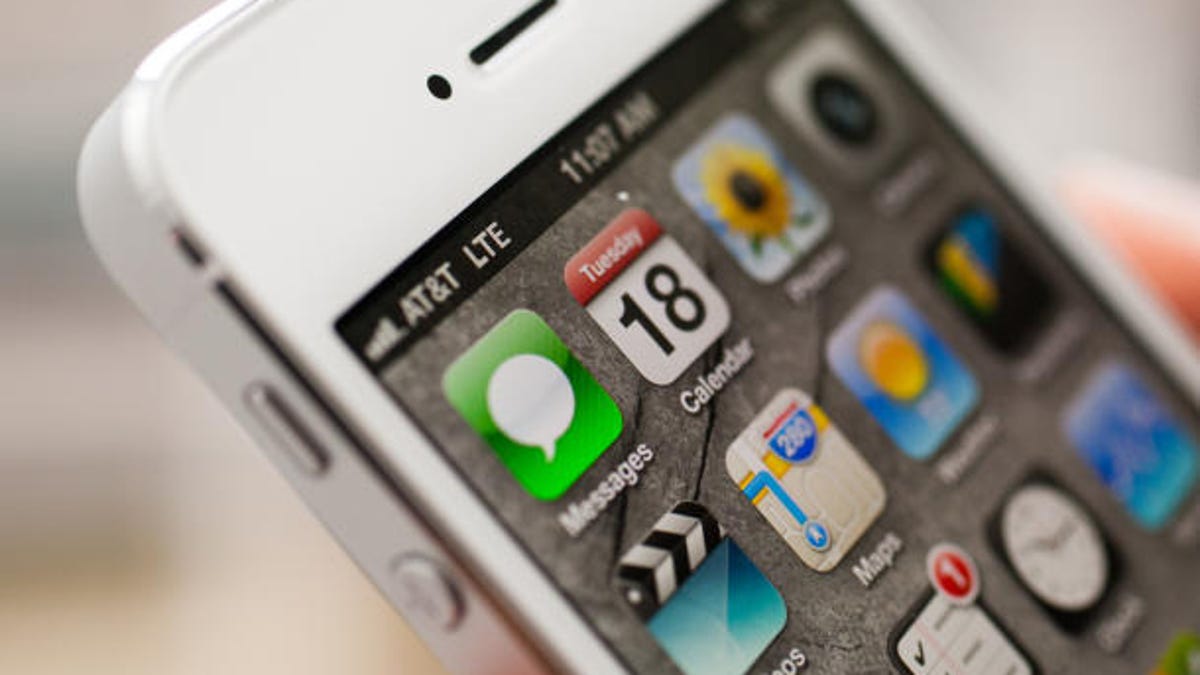Apple seeks patent to eliminate lousy photos
A patent application filed today by Apple could see smartphones capture a series of images of the same scene and then automatically pick the "best" one.

Snapping bad pictures with your iPhone could become a problem of the past if a new Apple patent ever sees the light of day.
Published today by the U.S. Patent and Trademark Office, the patent application dubbed "Image Capturing Device Having Continuous Image Capture" envisions a process in which your smartphone camera captures and processes a sequence of quick images of the same shot.
That by itself may not sound too innovative. But taking it a step further, your smartphone would then automatically pick the best image of the bunch based on exposure times and other factors.
The idea behind the patent is to work around a frustrating flaw of many smartphone cameras -- shutter lag. There's a delay between the time you press the button to take the photo and the time the photo is actually taken. Such a lag can result in blurry or poorly composed photos, especially if you're trying to shoot a fast-moving object.
Human errors, such as a shaky hand on the camera, can also lead to bad photos.
The process described in Apple's patent would allow you to keep your finger on the camera button to quickly snap a series of shots in succession until you release your finger. Those images are stored in a buffer. The technology would then review the buffered images, choosing the best one based on a variety of factors. You'd then have an opportunity to review that choice to see if you agree with it.
As the patent explains it:
The method can automatically select one of the buffered images based on one or more parameters. For example, the selection may be based on an exposure time of one of the buffered images and optionally an image quality parameter (e.g., image contrast). Alternatively, the selection may be based only on the image quality parameter. The sequence of images can be captured just prior to or concurrently with receiving the user request. The method can include automatically displaying the selected image on the display of the image capturing device.
(Via AppleInsider)

